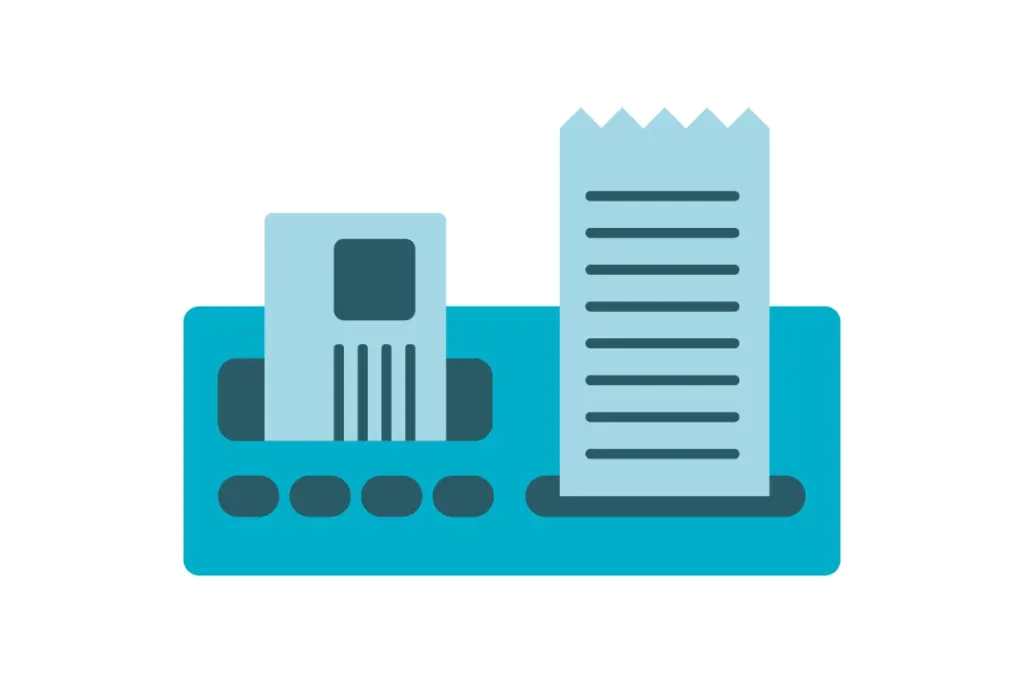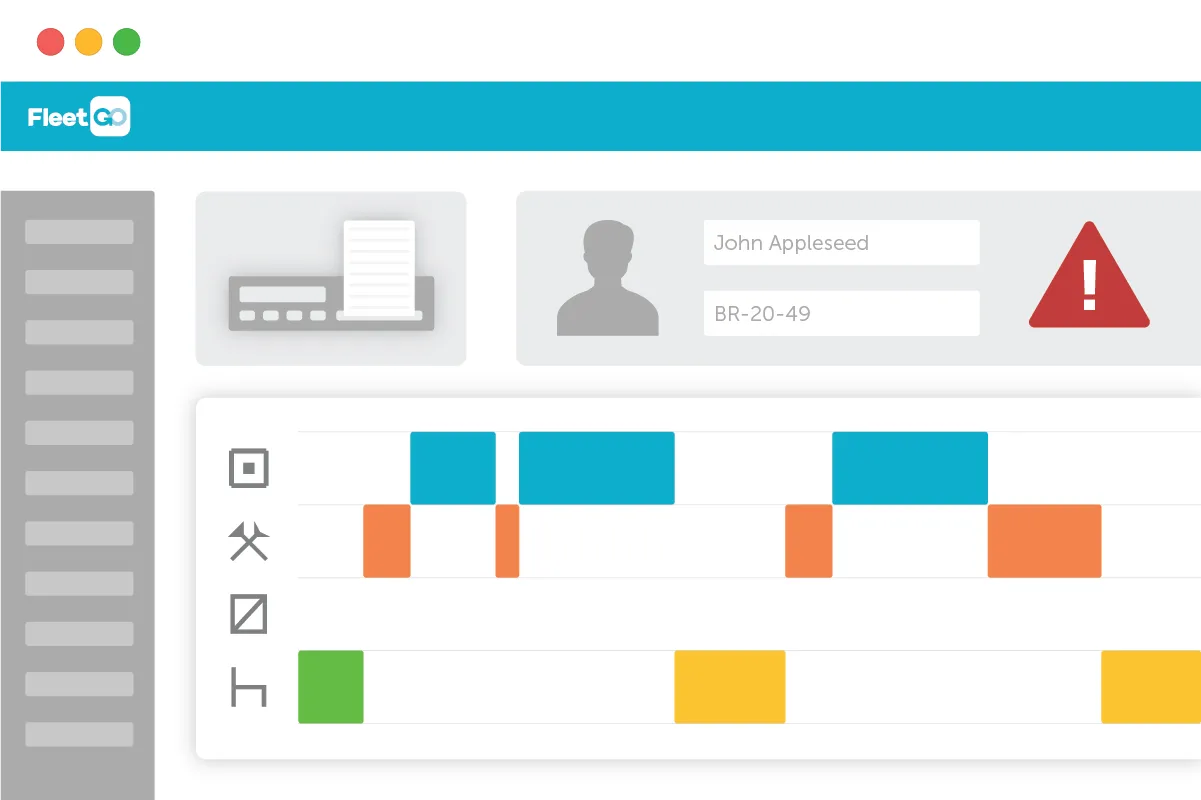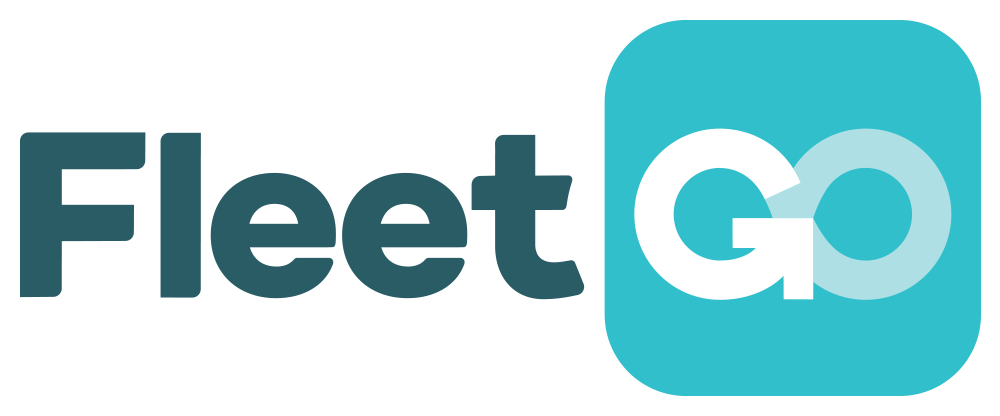A digital tachograph is a radio-sized device fitted on goods and passenger vehicles. The tachograph digitally records various types of driver and vehicle data such as journey distance, speed, driving time and driver’s activity. The data is stored in the vehicle unit memory and on driver cards. The leading European tachograph brands are VDO (Siemens), Stoneridge, Intellic and Actia.

Need to apply for a digital tachograph driver card? read more about application for a digital tachograph driver card here.
When is a Digital Tachograph Mandatory?
The installation of a digital tachograph has been mandatory for new vehicles brought into service from May 1st, 2006, as well as for the replacement of an analogue tachograph that has broken down on vehicles transporting passengers over 9 seats and on vehicles over 3.5 tonnes registered since January 1st, 2003 if technically feasible.
Never risk any tachograph fines again!
Get started with analysing your tachograph files with the FleetGO all-in-one tacho solution. Never miss an infringement again!
Chances of getting invested are higher than ever!

How does a Digital Tachograph Work?
Digital tachographs consist of the vehicle unit, motion sensor and tachograph cards. The vehicle unit is the mother brain of the tachograph, it has a processor, a clock, two card slots, a display, a printer, a download connector and a controller for manual entries.
The vehicle unit is located in the driver’s area of the cabin. The motion or speed sensor is located on the gearbox. The sender unit produces electronic pulses as the gearbox output shaft turns. The encrypted signals are sent to the vehicle unit where they are recorded.
What does a Digital Tachograph record?
A digital tachograph collects and stores the following data:
- Date Vehicle registration number
- Vehicle speed
- Single or co-driver
- Number of times a driver card is inserted each day
- Distance travelled by the driver, captured via odometer
- Driver activity (driving, rest, breaks, other activities, availability)
- Date and time of activity change
- Events (over speeding, driving without a driver card, tampering, fraud attempts) and errors
- Enforcement checks
- Details of tachograph calibrations
.DDD Files
Data is stored as a .ddd file that can be imported into tachograph analysis software. In Spain and France the .ddd files have different formats. In Spain the digital tachograph files format is .tgd and in France there are 2 types of digital tachograph file formats: the vehicle information is stored in the V1B format and the driver data is stored in the C1B format.
Types of Tachograph Cards
Data can be locked in the tachograph unit by using a company card. This ensures that the data cannot be retrieved by another company if the vehicle changes ownership. All data can still be retrieved by use of a control card or a workshop card.
There are four types of tachograph cards. The driver card, the control card, the workshop card and the company card. Driver cards are used by drivers to record driving, rest and activity information. Control cards are used by law enforcement agencies to retrieve data from the tachograph. A control card is able to override any company lock put in place by operators. Workshop cards are used by authorised and official tachograph technicians to calibrate, install or repair tachographs. Company cards are used by operators to retrieve data from the tachograph regarding their employees and vehicles. Companies can also lock information using their company card or authorise third parties, including telematic providers, to collect data.
Tachograph Modes
The tachograph allows 4 different modes: driving, other activities, rest and availability. The ‘driving mode’ is activated automatically when the vehicle is in motion. The digital tachograph usually chooses the ‘other work’ mode automatically upon coming to a standstill. The ‘rest’ and ‘availability’ modes can be manually selected by the driver whilst stationary. The tachograph symbols display the current tachograph mode. The activity information is stored in the tachograph unit’s internal memory and simultaneously onto the digital driver card chip whilst it is inserted into the head of the tachograph. When either memory bank is full, the oldest data is automatically overwritten with the current data. This is one of the reasons why companies use digital tachograph download solutions which allow them to store tachograph data as long as they want to.
Disclaimer
This content is provided for informational purposes only and is not meant to be an endorsement or representation by FleetGO.com or any other party. This information may contain inaccuracies or typographical errors, despite our efforts to ensure accuracy. FleetGO.com accepts no responsibility or liability for any errors or omissions, and is not responsible for the contents of any linked website or any link contained in a linked website. Please refer to our full disclaimer for more details.


